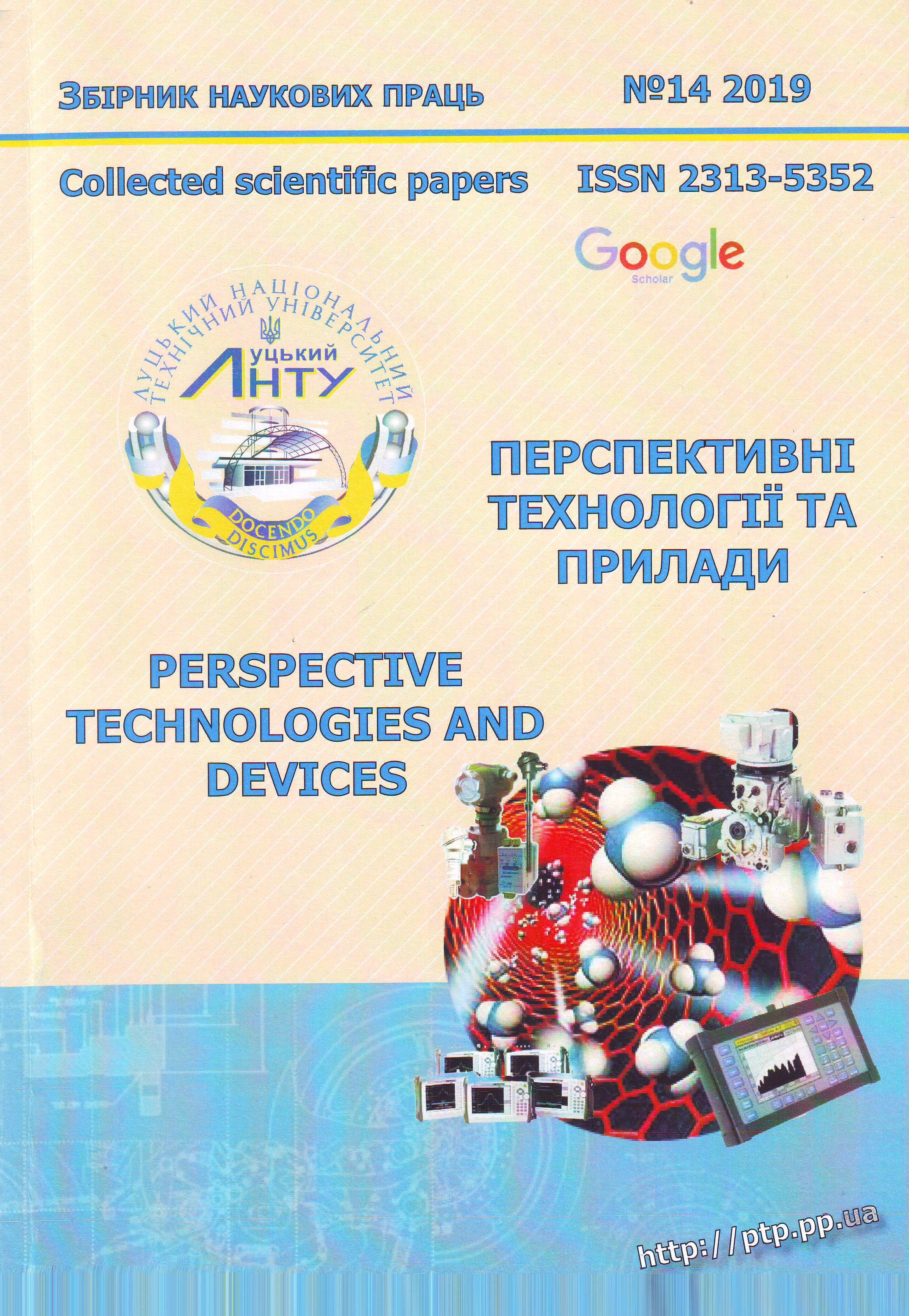HUMAN MOVEMENT ACTIVITY EXAMINATION FOR THE DETERMINATION OF THE RELEVANT BIOSIGNALS FOR MANAGEMENT BY BIOELECTRIC PROTESIS
Abstract
In the article the analysis of human motor activity is carried out. It was established that the management of contractile activity of the muscle cell is carried out with the help of motor neurons - nerve cells whose bodies lie in the spinal cord, and long branches - the axons within the motor nerve are suitable for muscles, the bioelectric effect, transmitted from the central nervous system to m 'utes, is reflected by an increase in the amplitude in the so-called motor points - the places of the largest accumulation of moving units. If we remove the biopotential in the locations of the motor points, then we can get the output signals for controlling the prosthesis. Electromyography is the main method of studying the neuromuscular system by registering bioelectric potentials. Electromyographic studies show that the amplitudes of biopotentials vary from 5-10 μV (muscle in rest) to 500-1000 μV (excited muscle). The main range of frequencies of biopotentials recorded by surface electrodes is 20-200 Hz, with a maximum of about 50-100 Hz. The structural scheme of bioelectric prosthesis control of the brush is proposed.


 https://scholar.google.com.ua/citations?
https://scholar.google.com.ua/citations?

